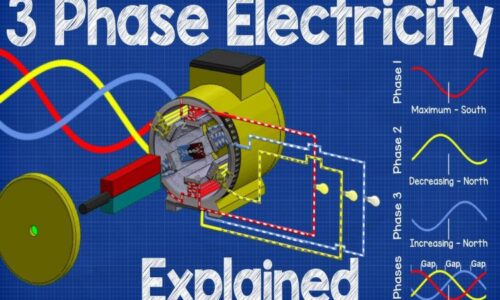Welding is a process used to merge two pieces of metal together using heat, produced using a variety of different techniques depending on the product you are working on. There are a variety of different kinds of welding methods, which we are going to look at in more detail here, in order to allow those wishing to take it up as a hobby or career to be able to make an informed choice.

Electronic Beam Welding and Atomic Hydrogen Welding
The clue’s in the name with electronic beam welding; it uses a beam made up of electrons which use sheet-shaped energy to melt a piece of material, causing it to fuse to another. It is most often used in large-scale industrial manufacturing premises, as the process can be automated and therefore completed quickly. It is often used in the manufacture of vehicles on a production line for example.
Atomic hydrogen welding is best used when the materials you need to weld together are ultra-resistant to high temperatures. You, therefore, need to use a different technique in order to create the higher temperature required, in this case placing the two materials you wish to combine, into a hydrogen atmosphere in order to separate the hydrogen in their molecules. You then re-attach the hydrogen together which causes a reaction that produces 3000 degree heat, therefore welding them together.
Shielded Metal Arc Welding and Flux-Cored Arc Welding
Shielded metal arc welding is otherwise known as stick welding due to the shape of the electrode, which is used to transfer electrical energy (which transfers into heat energy) that melts and therefore welds materials together. This process only takes place when the electrode is held a short distance away from the materials. It is a process used in construction work such as the production of piping and steel erection. It is a cheap and portable method of welding, making it very popular.
Flux-cored arc welding uses an electrode that contains a tube-shaped wire that is filled with a material called flux. It is more efficient than alternative methods and so produces less waste, it can withstand wind so is good to use on outdoor projects but is also one of the more expensive forms of welding.
Plasma Arc Welding and Gas Tungsten-Arc Welding
Plasma arc welding is essentially the use of a very thin electrode with a small nozzle. It is used for projects that require extreme accuracy, for example, surfaces with a small area. It heats up to a very high temperature which produces a stronger quality of the weld, so it’s often used in aircraft manufacture, but not so much in smaller scale amateur DIY projects.
Gas tungsten-arc welding is our final example and is one of the strongest forms of welding out there, as it involves welding many smaller strips of metal to form a more substantial bond. It is however very fiddly and time-consuming, and therefore requires a higher level of skill to perform. It is another favorite of the aircraft manufacturing industry.
Factors to consider when choosing a welding method are your budget, how much time you want to spend on a project, the scale of the project, and how strong you need the welded bond to be, but there is something for everyone in these examples. For more advice on construction projects, take a look at blogwritr.com and their handy articles such as how construction management software could help you.

